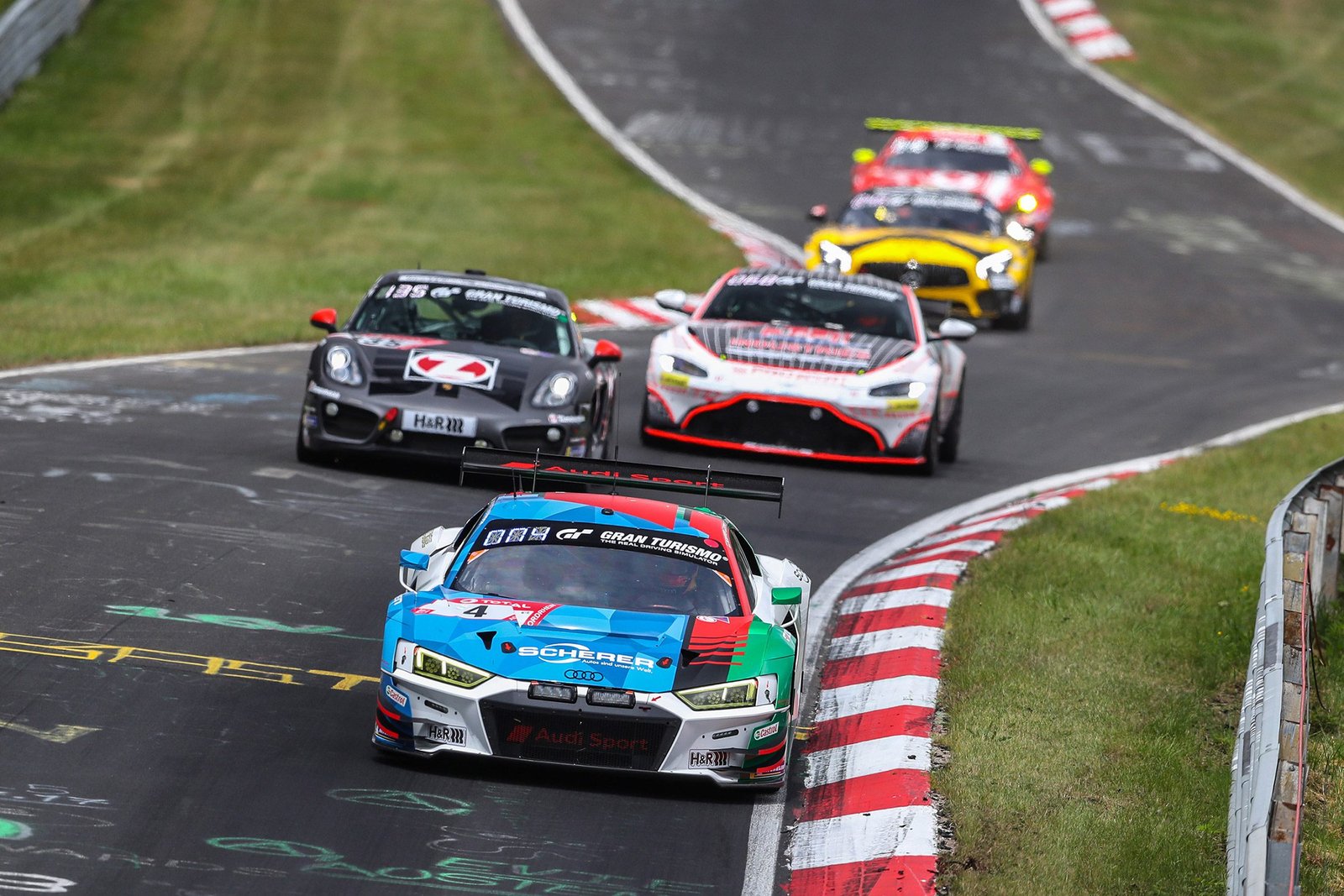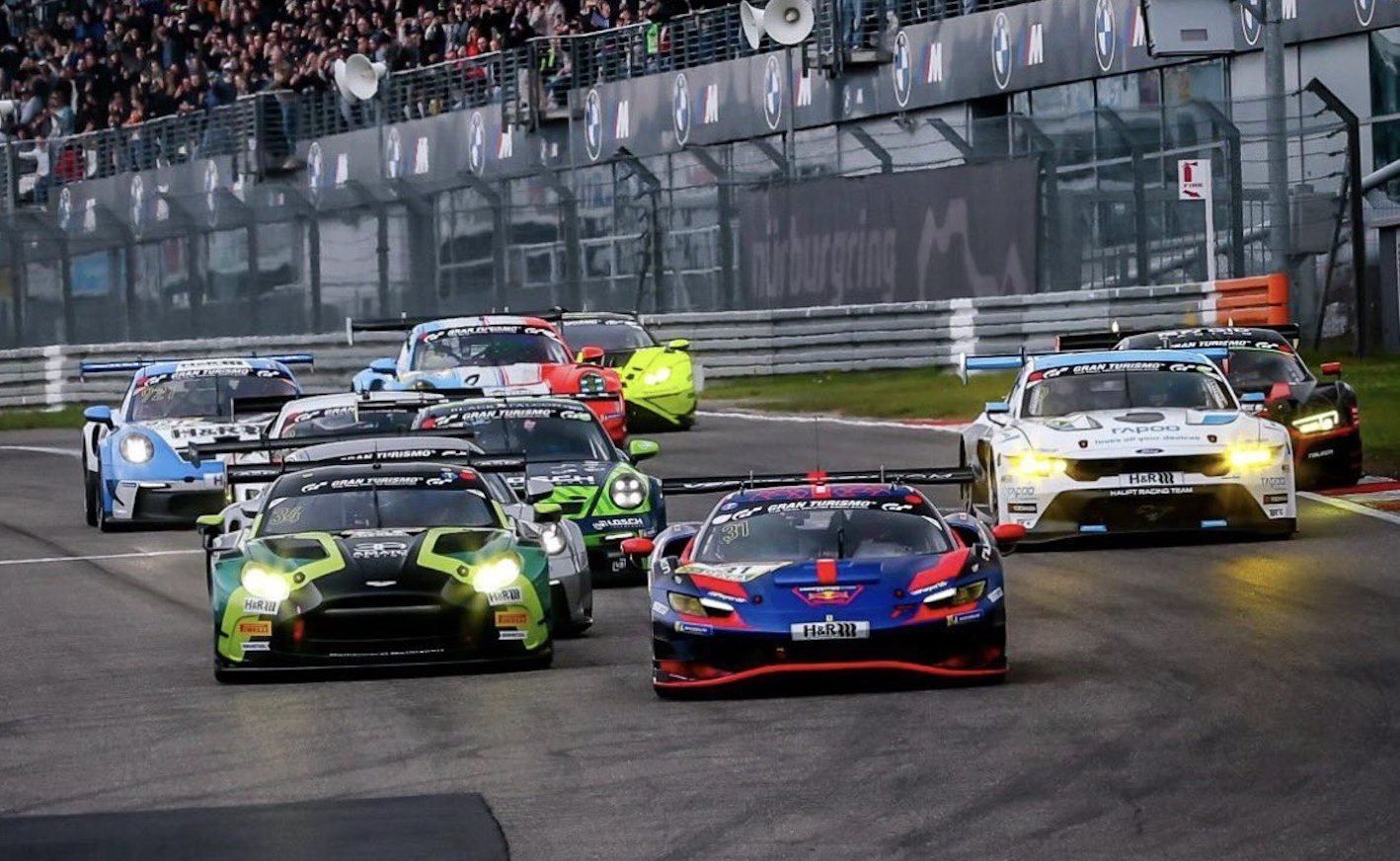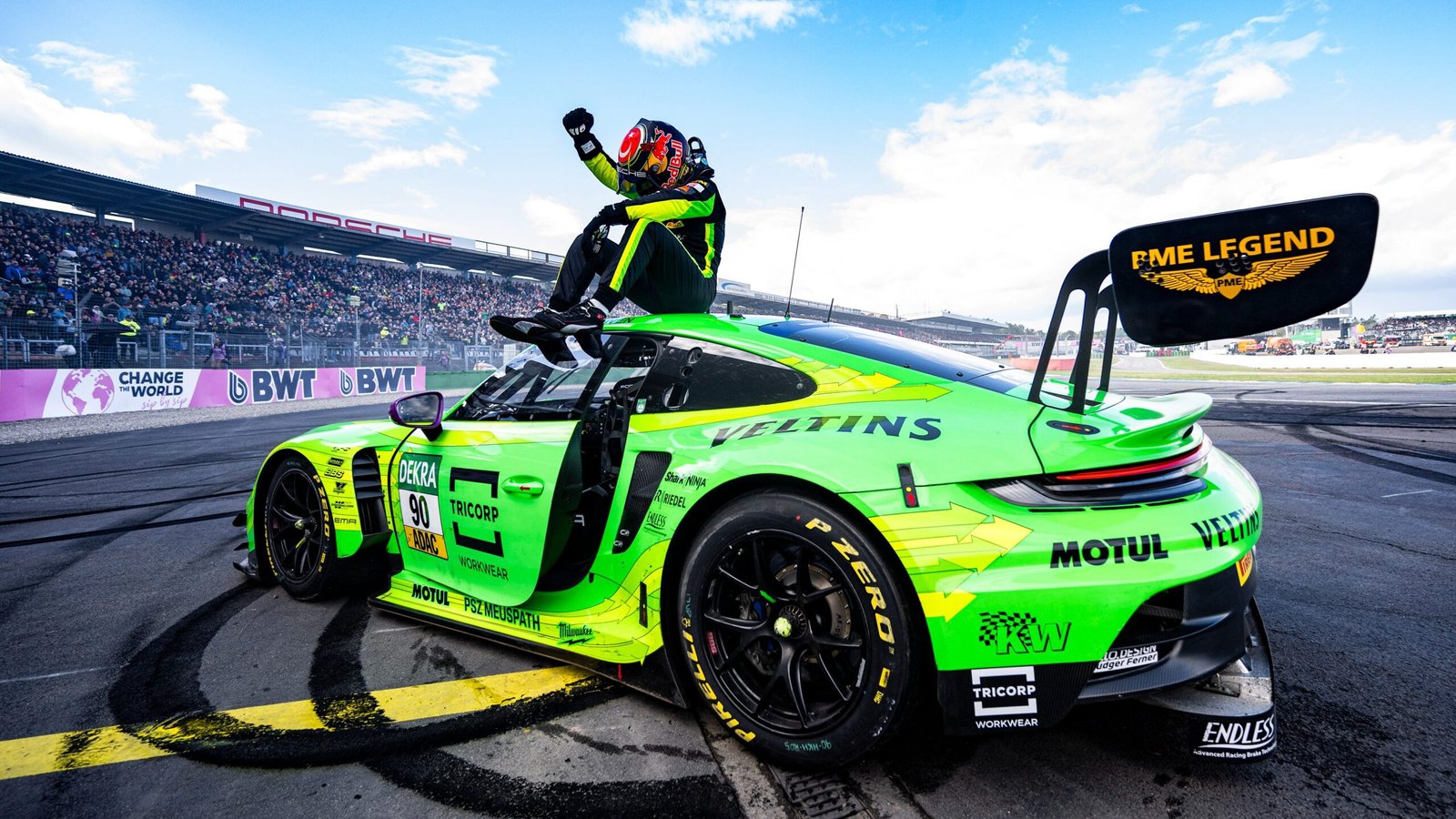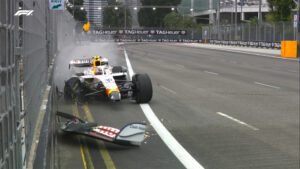GT3 vs GT4: differences between most popular race cars
Have you ever wondered what sets our road cars apart from the GT3 and GT4 versions? Here’s a deep dive made just for your race cars curiosity
Motorsport includes a huge variety of categories, championships, and drivers who dream of getting behind the wheel of the most high-performance machines. Every weekend we hear about Formula, rally, closed-wheel cars, touring cars, TCR. They say variety is the spice of life—but shall we try to clarify some of the technical differences?
Today, we’ll focus on the world of closed-wheel racing. The category that, in our opinion, many have discovered thanks to Max Verstappen’s debut at the Nordschleife this weekend. Formula 1 is obviously much more followed and boasts millions of fans around the globe. But we have to say it: GT race cars have a unique charm—sometimes even greater.
Today, Max made his debut with a GT4 car—specifically, a Porsche 718 GT4 from Team Lionspeed. But what does this naming mean? And more importantly, how does it differ from its bigger GT3 race car sis?
Road car vs GT4 vs GT3.

Let’s start with the GT4s. GT4 cars are not heavily modified compared to their road-going counterparts. They retain a very recognizable silhouette of the model you might see driving through your city. However, what is available gets optimized to handle racing conditions on a circuit, where many of the rules imposed by civilian road laws no longer apply.
They use wider, fully slick tires, an upgraded braking system often derived from GT3 models, and an engine re-mapped via ECU tuning to comply with the BoP (Balance of Performance). Visually, aerodynamic components are added, such as a swan-neck rear wing, front splitters, and side skirts to improve underbody airflow and increase downforce.
The floor of the car is flat to reduce airflow turbulence and improve aerodynamic efficiency. Adjustable suspension systems replace the stock ones, allowing for fine-tuning of ride height and stiffness to achieve the ideal racing setup. The weight is around 1,400 kg, and GT4 cars usually have slightly more horsepower compared to their road-going counterparts.

The interior is completely stripped out compared to the road-going version. The radio, infotainment system, and airbags are all unnecessary for racing. Airbags, in particular, are replaced by a FIA-approved racing seat equipped with a four-point harness. A roll cage is welded directly to the chassis to protect the driver in case of a rollover.

The steering wheel is redesigned to have a more ergonomic shape and better grip. Allowing the driver to maintain full control during all phases of the race. Additional buttons are included to adjust engine response, activate team radio, lights, traction control, and more—essentially, similar functions to what you’d find on a Formula 1 steering wheel.
With them, we’re on a whole other level
And here we reach the top class of closed-wheel racing: GT3 cars. These race cars are pure engineering on wheels, meticulously developed by the manufacturer in every single detail to endure extremely demanding races. While they still originate from road-going models, their components—especially the engine—are heavily modified and tailored specifically for competition use.

The aerodynamics are completely overhauled, with a redesigned body shell, wider track for improved cornering grip, and a dry weight of around 1,250 kg—about 600 kg lighter than the road version. The electronics are entirely reworked, and every mechanical component is developed specifically for racing. GT3 cars, if not electronically limited, could easily reach 700 horsepower, but for race balance reasons, they are kept around 550 hp
And yes, the price changes too. To buy a brand-new GT3 car directly from the manufacturer, you’re looking at around €650,000, depending on the model. But in return, you’d have a machine capable of competing against the world’s top race cars and potentially field a serious team for legendary races like the 24 Hours of Le Mans in the GTLM class!










Post Comment